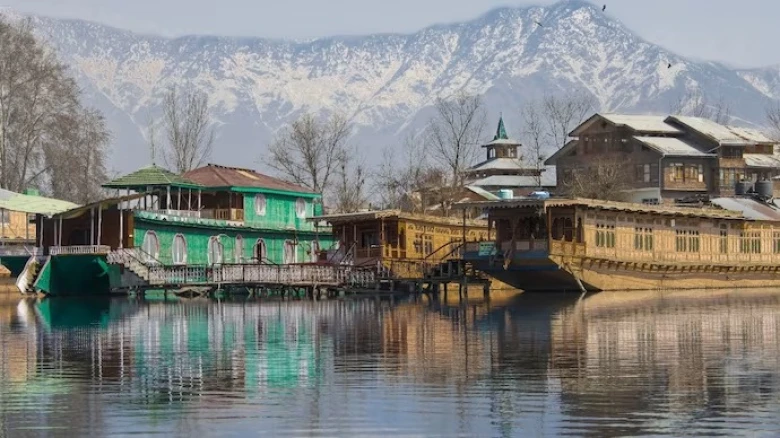The Kashmir Valley is experiencing a significant departure from its typical weather patterns...
Digital Desk: Srinagar in Kashmir recorded a surprising high of 15 degrees Celsius on Saturday, marking the highest January temperature in the last two decades.
The Kashmir Valley is experiencing a significant departure from its typical weather patterns, witnessing a 100% deficit in snowfall for the month of January. This prolonged dry spell has caused temperatures in the plains of Kashmir to surge, surpassing normal levels by 6 to 8 degrees Celsius.
This shift in weather is starkly contrasting the conditions in northern parts of the country. Delhi, on Sunday, reported its coldest morning this winter season, with the minimum temperature plummeting to 3.5 degrees Celsius. The meteorological department attributes these abrupt temperature changes to recent trends, noting similar occurrences in the summer season.
Weather experts express optimism for a potential remedy to the snowfall shortage. A fresh western disturbance is anticipated to hit Jammu and Kashmir in the coming days, potentially bringing the first snowfall of the season and alleviating the prevailing dry spell.
The atypical weather is not only a concern for locals but also poses a threat to winter tourism. Snow-dependent activities like skiing and snowboarding are facing challenges due to the delayed snowfall.
Tourist destinations such as Gulmarg, a renowned hill resort in north Kashmir, usually adorned in snow this time of year, are experiencing setbacks. Hotel cancellations, particularly in Gulmarg, further highlight the impact of the dry spell on the tourism industry, which traditionally thrives during the winter months.

Leave A Comment